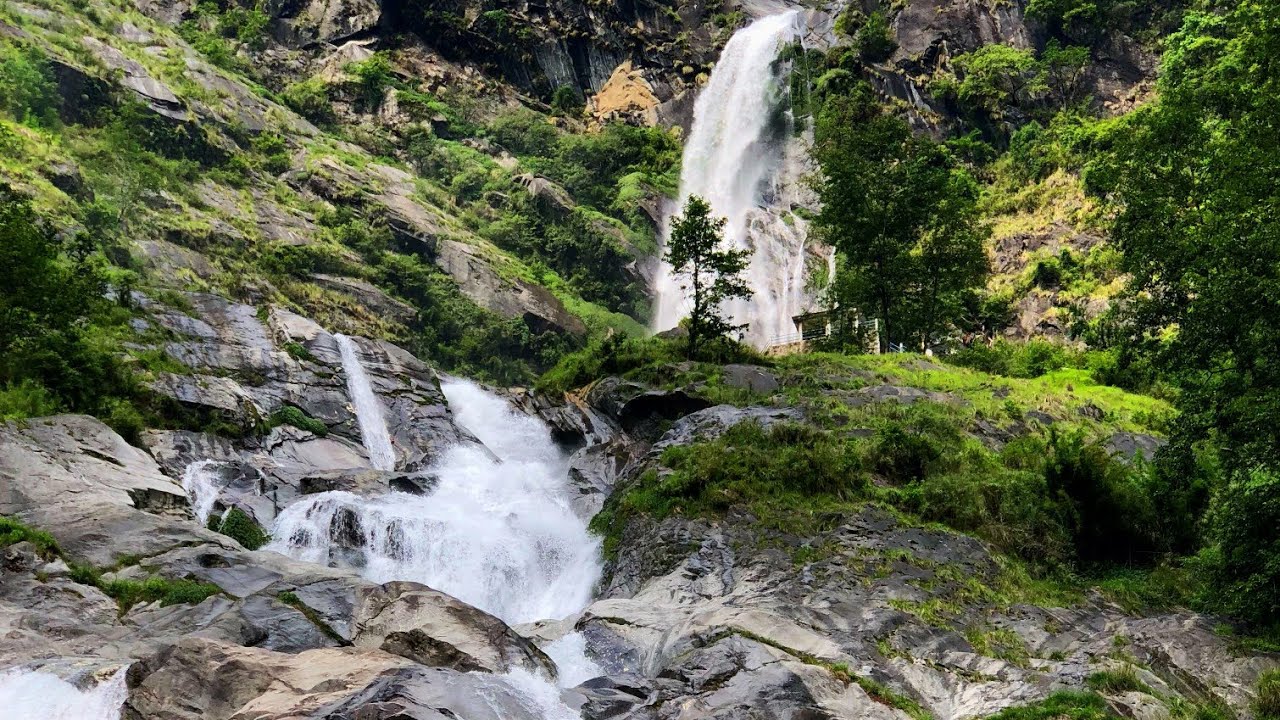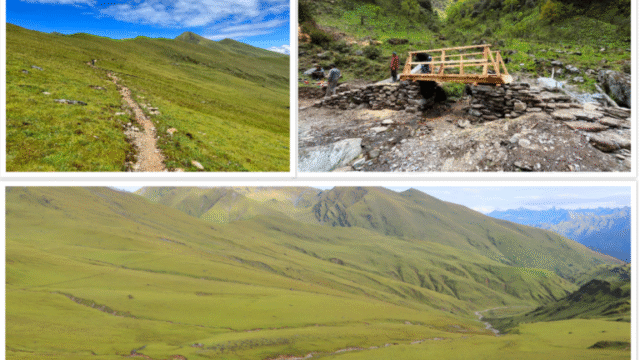To facilitate a safer and more enjoyable experience for tourists, infrastructure development has commenced at Rupse Waterfall, located in Dana of Annapurna Rural Municipality–3, Myagdi. Situated beside the strategic Kaligandaki Corridor, which connects China and India, as well as the Beni–Jomsom–Korala road, Rupse Waterfall is a popular stop for domestic and international travelers heading to Mustang and surrounding regions. In response to the increasing footfall, Annapurna Rural Municipality has initiated infrastructure projects worth over NPR 30 million.
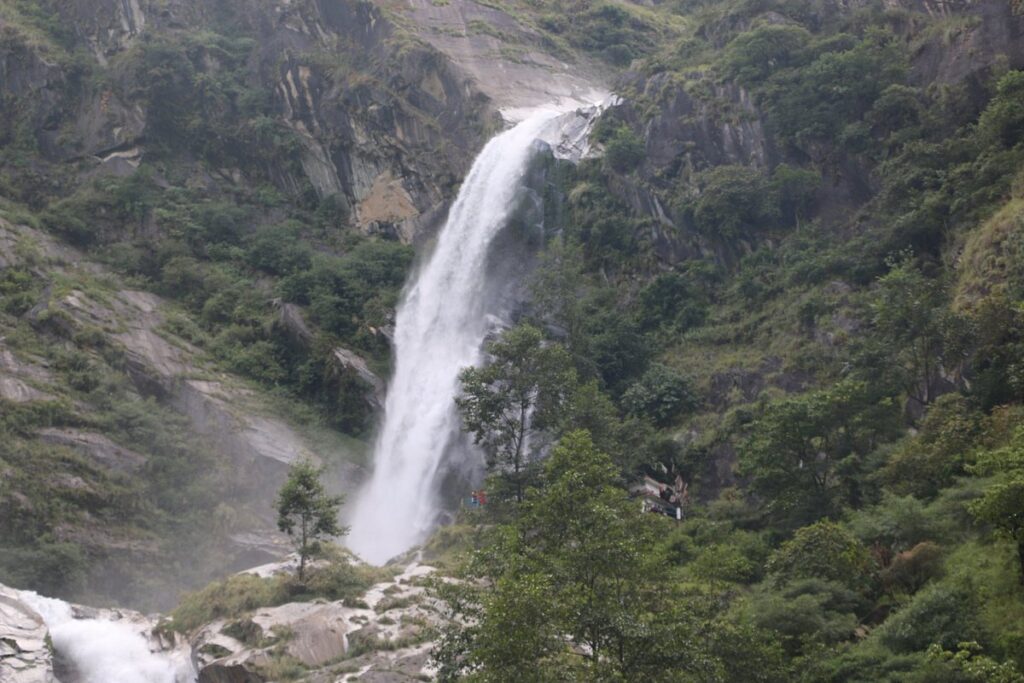
According to Ramesh Purja, Ward Chairperson of Annapurna Rural Municipality–3, the development works include the construction of public toilets, an iron-railing foot trail from the waterfall base to its upper section, viewing platforms, and a rest house. These amenities are expected to improve accessibility and safety for visitors. The project is being implemented under the Rupse Waterfall Tourism Infrastructure Development Plan, which has received NPR 36.4 million in special grant funding from the federal government.
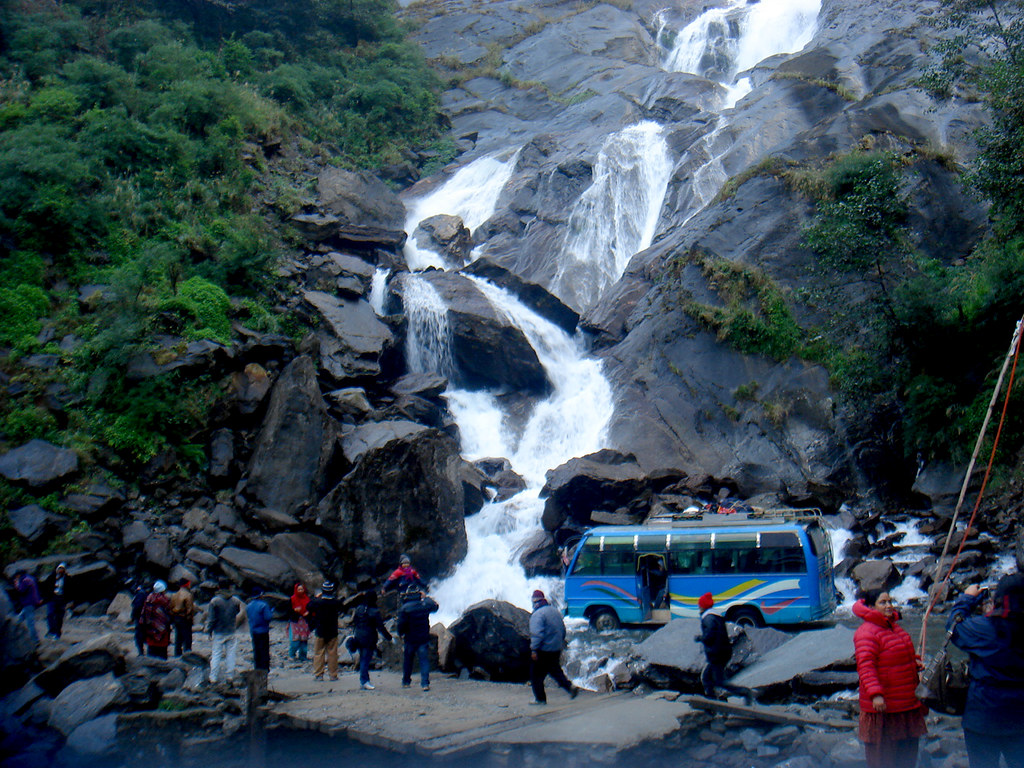
The construction contract, awarded to Sundar Nirman Sewa for NPR 32,355,369, commenced on Jestha 30, 2081 B.S. (mid-June 2024) and is scheduled for completion by Poush 25, 2082 B.S. (early January 2026). As of now, around 20% of the physical progress has been achieved, according to sub-engineer Balkrishna Paudel of the rural municipality. In addition to the tourist-friendly facilities, a gabion wall is being constructed at the waterfall’s base to prevent erosion and landslides. Once land ownership issues are settled, an entrance gate, a rest house, and a ticket counter will also be built. The steep trail leading to the top of the waterfall is being secured with rock anchoring techniques using iron rods.
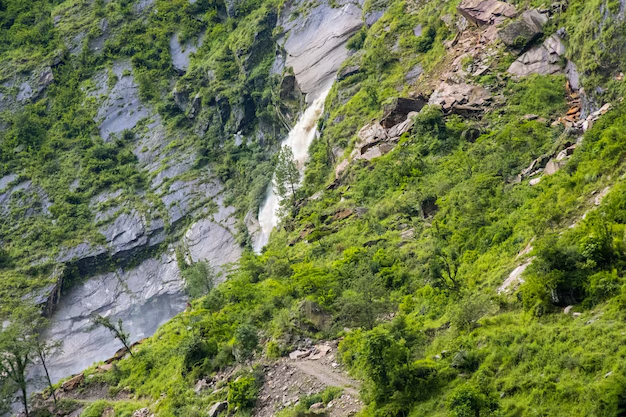
Rupse Waterfall, approximately 300 meters tall, features three distinct tiers. When sunlight passes through its cascading waters, a rainbow often appears, enhancing its natural charm. Plans are underway to construct a foot trail from the upper tier to Bajadhunga, complete with a park, gazebo, and viewing deck. From the Bajadhunga area, visitors can enjoy panoramic views of Rupse Waterfall, the world’s deepest gorge, and Andhagalchi, carved by the Kaligandaki River, and the majestic Annapurna and Dhaulagiri mountain ranges. The area suffered significant damage in Shrawan 2077 B.S. (July–August 2020) when a flash flood in the Rupse River destroyed a bridge under construction, hotels, trails, parked vehicles, and disfigured parts of the scenic waterfall and Andhagalchi.
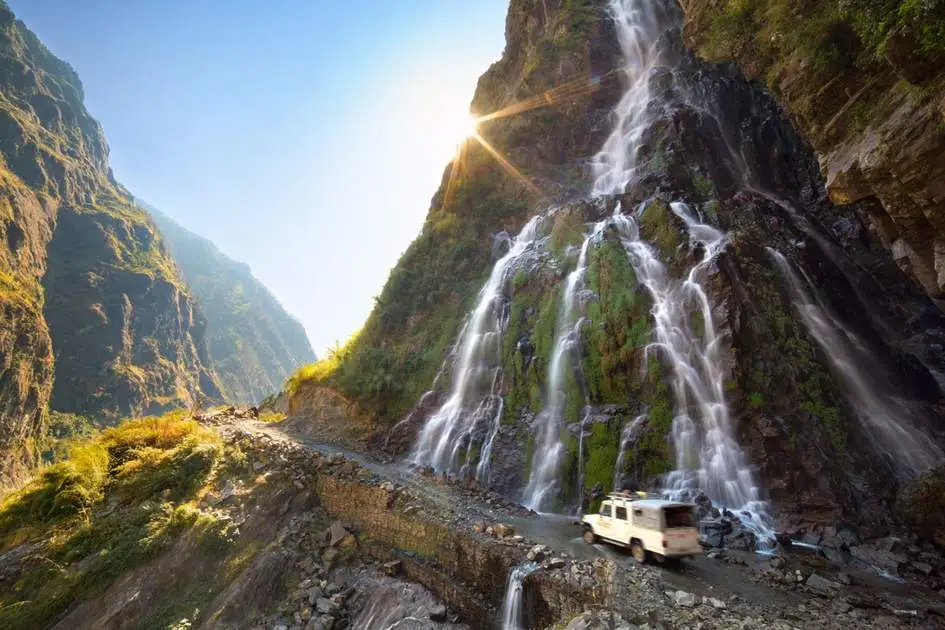
The current development aims to rebuild the damaged infrastructure and add new amenities to improve tourist safety and experience. Chairperson Bharat Kumar Pun of Annapurna Rural Municipality expressed hope that with these improvements, the recurring issue of tourists slipping and injuring themselves. At the same time, photographing or filming the waterfall will be minimized. Ward member Lal Bahadur Pun added that nearly all tourists heading to Mustang spend several hours at Rupse Waterfall. From early morning to evening, the site is crowded with visitors capturing photographs and videos, making it one of the most popular stopovers along the corridor. With the ongoing developments, Rupse Waterfall is expected to become even more attractive and safer for tourists in the coming years.
